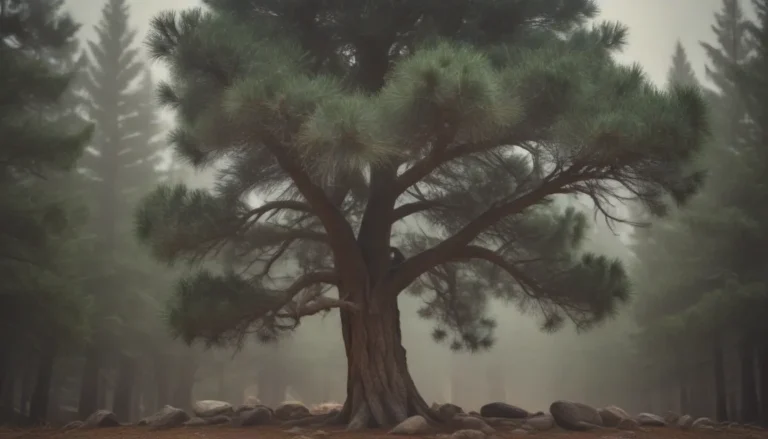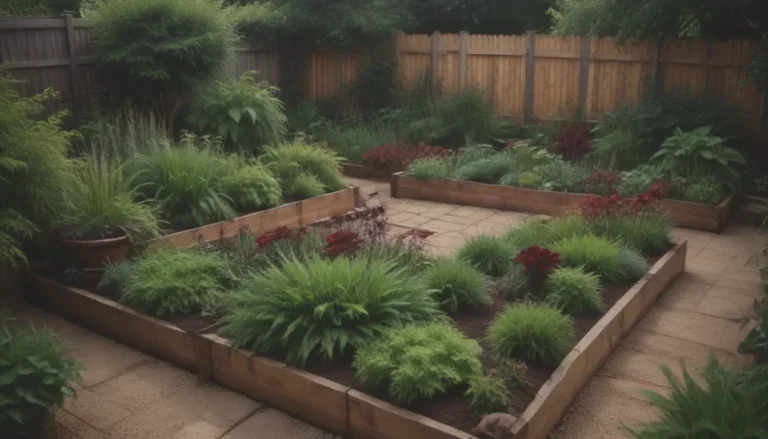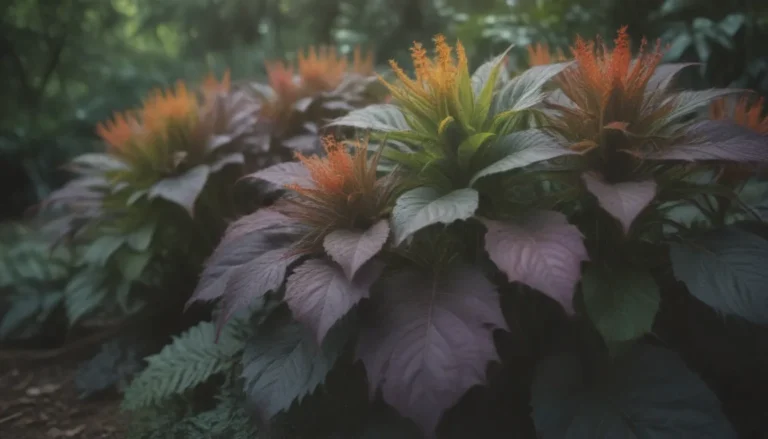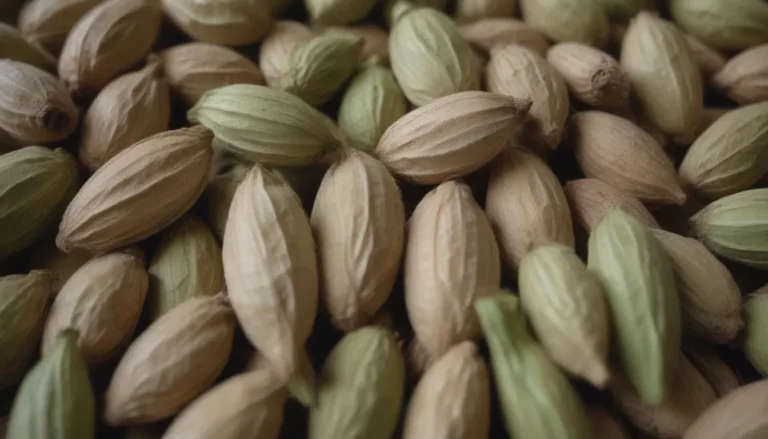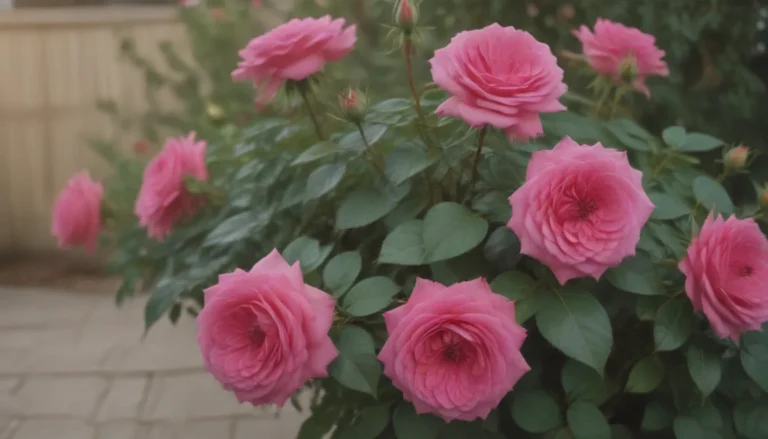A Comprehensive Guide to Growing and Caring for Black Lace® Elderberry
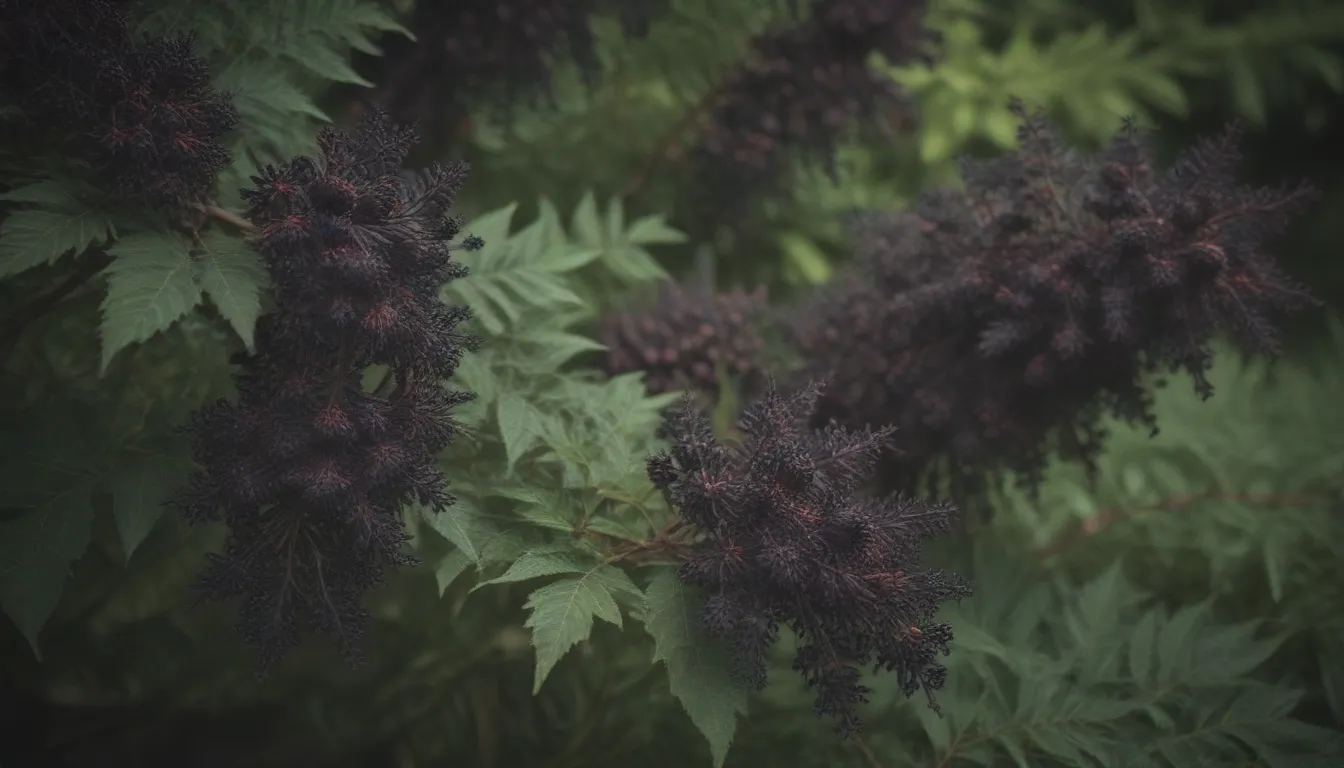
Are you looking to add a unique and beautiful shrub to your landscape? Black Lace® elderberry, also known as Sambucus nigra ‘Eva’, might be the perfect choice for you. In this in-depth guide, we will explore everything you need to know about growing and caring for this stunning plant. From planting to pruning, we’ll cover it all to ensure your Black Lace® elderberry thrives in your garden.
Introduction to Black Lace® Elderberry
Black Lace® elderberry is a trademarked commercial form of a single black elderberry cultivar. This ornamental shrub is known for its lacy, almost black leaves and pretty light-pink, fragrant flowers that give way to richly black, glossy berries in autumn. While the berries are edible and high in Vitamin C, this European type is typically grown for its foliage rather than for consumption.
Planting Black Lace® Elderberry
When planting your Black Lace® elderberry, there are a few key factors to keep in mind to ensure its success:
- Location: Choose a full sun location with moist, well-drained soil that is slightly acidic. While the shrub can tolerate partial shade, its flower and berry production may be reduced.
- Depth: Plant the shrub about 2 inches deeper than it was growing in its nursery pot.
- Timing: In the southern end of its range, you can plant in spring or fall, while in the northern end, spring planting is recommended.
- Mulching: Use mulch to retain moisture in the soil in the South and to provide winter protection in the North.
Caring for Black Lace® Elderberry
Proper care is essential to keep your Black Lace® elderberry healthy and thriving. Here are some tips for caring for this unique shrub:
- Light: While the shrub can tolerate partial shade in the North, it will produce more flowers and attractive foliage color in full sun. In the South, some afternoon shade can be beneficial.
- Soil: Black Lace® elderberry can tolerate clay soil but prefers well-drained soil. It also does well in slightly acidic or neutral soil.
- Water: Keep the soil evenly moist, providing at least 1 inch of water per week through a combination of rainfall and irrigation.
- Fertilization: Feed the shrub with a balanced fertilizer in spring and summer to promote healthy growth.
Types of Black Elderberry Cultivars
In addition to Black Lace®, there are several other cultivars of black elderberry to consider, each with its unique characteristics. Some popular cultivars include:
- Laced Up®
- Marginata
- Aureomarginiata
- Instant Karma®
- Black Beauty®
Pruning and Propagating Black Lace® Elderberry
Proper pruning is essential to keep your Black Lace® elderberry vigorous and attractive. Here are some tips for pruning and propagating this shrub:
- Pruning: Avoid pruning the shrub for the first two years to allow it to develop a full growth habit. After this, prune in late winter or early spring before new growth begins.
- Propagation: As a trademarked plant, propagating Black Lace® elderberry is a violation of copyright law. However, other forms of black elderberry can be easily propagated by transplanting rooted suckers or seedlings.
Common Pests, Diseases, and Overwintering
Elderberries are susceptible to various pests and diseases, including aphids, borers, and fungal issues. Neem oil can help address infestations, while proper spacing and irrigation can prevent fungal diseases. Protect your shrub from winter damage with wire cages and mulch for the root zone.
Troubleshooting and Common Problems
If your Black Lace® elderberry is not blooming as expected, consider factors like sunlight and fertilization. Be prepared for the plant’s aggressive spread and the maintenance required to prevent it. Additionally, watch out for weak wood, snow damage, and pests like deer and rabbits.
Conclusion
In conclusion, Black Lace® elderberry is a beautiful and unique addition to any landscape. By following the tips and guidelines provided in this comprehensive guide, you can ensure that your Black Lace® elderberry thrives and adds beauty to your garden for years to come. Remember to provide the proper care, from planting to pruning, to enjoy the lacy leaves, fragrant flowers, and glossy berries of this stunning shrub.
